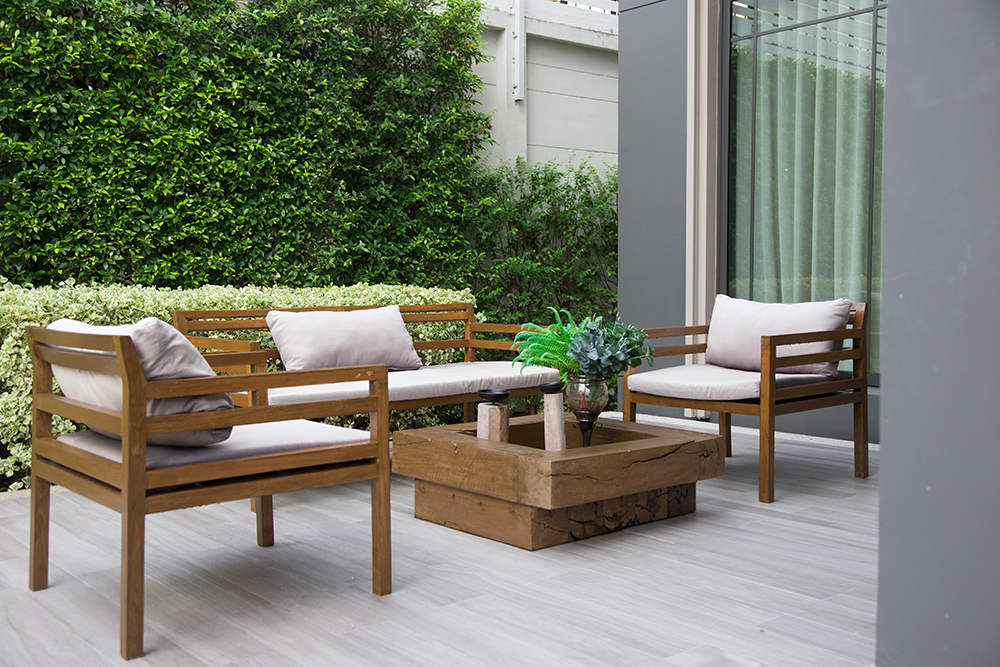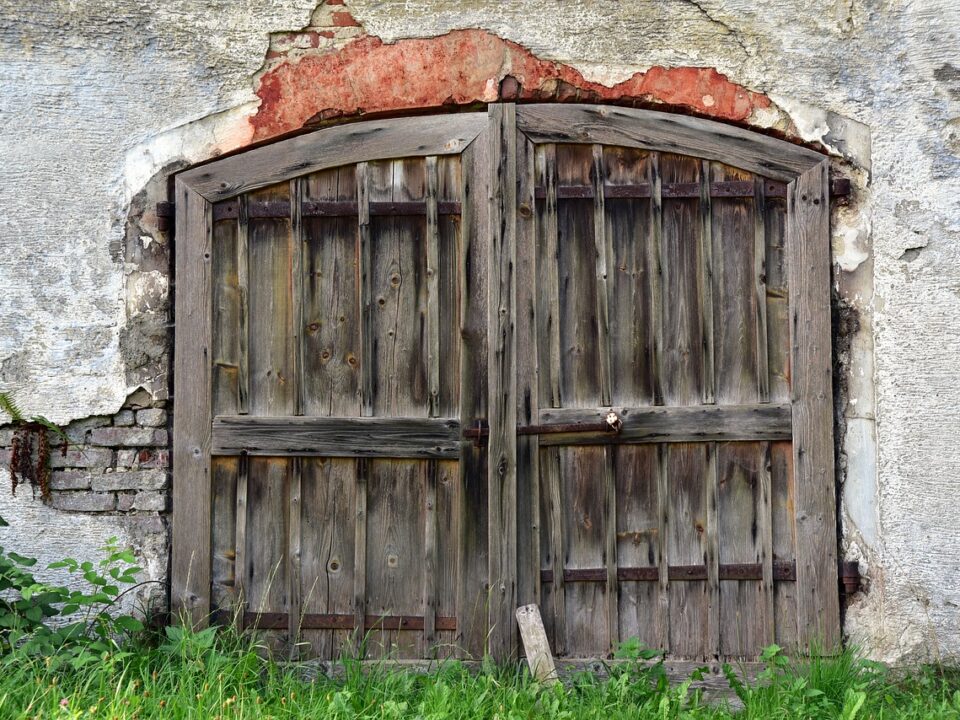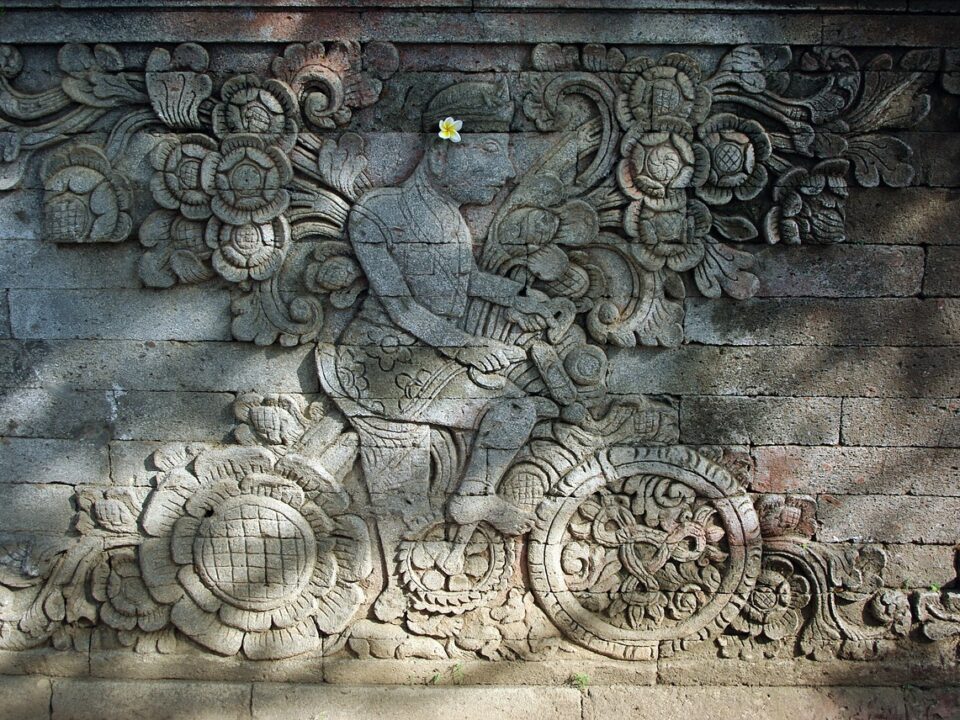Whether you plan to build your own Adirondack chairs or acquire a pre-built picnic table, you’ll certainly want something sturdy. Furniture that lives outdoors need to take a pounding from heat, cold, and rain and likewise be able to withstand rot and insects. So you’ll wish to consider where a species falls on the Janka hardness scale, which is measured in pounds-force, abbreviated as lb f.
Check out our top 5 picks for the best wood for outside furniture and the strengths and weaknesses of each.
Scratches, dents, and gouges are unlikely to show up on this rugged wood that measures 1,700 lb f on the Janka scale. Black locust is more labor-intensive to hand- and machine-cut than cypress, redwood, and cedar, so it may not the finest wood for outdoor furnishings that you plan to construct yourself.
The pale green to dark brown, straight-grained wood, which runs $1.50 to $5 per board foot, can be sanded with little threat of over-planing and quickly put together with screws or glue. Thanks to flavonoids in the heartwood (inner wood), black locust furniture can weather extreme cold and heat, water, fungus, and termite and carpenter ant invasions, even if you do not stain or paint it.
Readily available for $4 to $6 per board foot (expensive, due to the limited supply of fully grown trees), cypress is coveted for its golden brown to reddish-brown color, knot-free straight grain, and high resistance to rain, rot, warping, and bugs, thanks to a natural intrinsic preservative oil called cypressane. As a softwood measuring from 430-pound f (Leyland cypress) to 1,360-pound f (Australian cypress) on the Janka scale, cypress can easily be cut and put together with screws/nails or glue.
What Is The Best Wood For Outdoor Furniture?
Finishing cypress with an oil-based, mildew-resistant stain can make its lighter shade pop, however, you’ll want to top the stain with a clear protective sealer each year to avoid color fading from extended sun direct exposure. Cost $2.25 to $6 per board foot, cedar boasts an amber to rich brown color and a straight, periodic knotty, grain.
Cedar’s flexible quality, nevertheless, makes it susceptible to dents and dings, and it has weaker screw-holding homes than acacia or black locust. The tannins in cedar can also bleed into leading coats, so you’ll need to completely dry and after that apply an oil-based stain-blocking primer to the wood prior to painting.
By staining or painting cedar furnishings, and then frequently treating it with a clear protective sealant whenever water begins to penetrate the surface, you can boost rot repellent residential or commercial properties and lessen color fading – Tampa Bay Salvage. Picture: istockphoto.com At $2.25 to $10 per board foot, redwood is expensive due to the short supply of these stunning trees.
Choosing The Most Durable Wood For Outdoor Furniture
Looks aside, redwood is resistant to diminishing and warping in the face of heat or moisture and can moderately ward off rot and insects. Although the softwood’s Janka rating of 450-pound f makes it less efficient at holding screws/nails in location, and more susceptible to scratches and dents, than stiffer woods like acacia or black locust, it’s normally much easier to hand- or machine-cut and sand, and holds together well with glue.
Wood is a natural choice for outdoor furnishings, but toughness varies. (DepositPhotos) A garden bench includes the ideal ending up touch to a landscaped yard. At the end of a meandering course or under a preferred tree, a comfy bench offers a place to sit and ponder nature, to relax from the pressures of daily life.
When utilizing wood for outdoor furnishings, it’s crucial to pick a durable, weather-resistant wood. So which wood should you select for your garden bench? For those concerned about sustainability and durability, acacia makes a good option.
Acacia is a thick, durable hardwood that can endure the components. It is often utilized in boat structure. Sealing acacia serves to boost and protect the wood’s rich, golden brown color. If left unsealed, acacia must be reserved for deck or outdoor patio furnishings, because consistent contact with the moist ground of a garden may trigger the wood to tarnish.
Once You’ve Chosen Your Best Wood for Outdoor Furniture, Let Us Create It Into Art
The professional furniture makers here at Tampa Bay Salvage are experts at crafting raw wood into functional and beautiful pieces of indoor and outdoor furniture.
Have a project in mind? Go ahead and contact us now.




